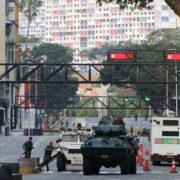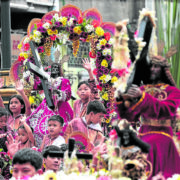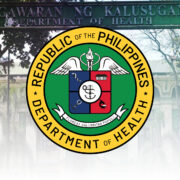Sustaining the mangroves of Sasmuan
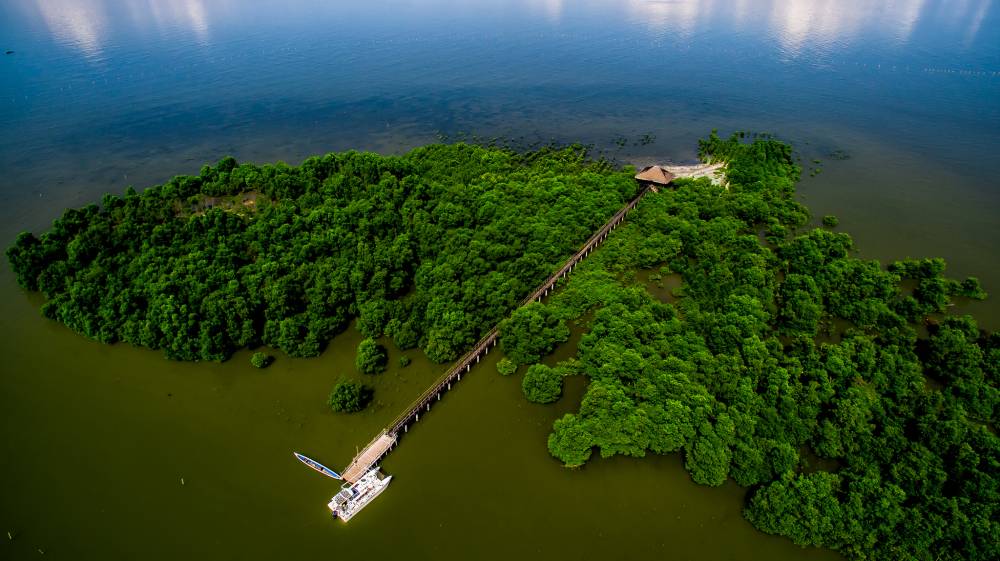
SASMUAN, PAMPANGA—The local environmental conservation and restoration program for wetlands, mangroves, and mudflats, which is comanaged by the Department of Environment and Natural Resources (DENR) and the local government, finally got its first major partner.
The Sasmuan Pampanga Coastal Wetland (SPCW) and Sasmuan Bangkung Malapad Critical Habitat and Ecotourism Area (SBMCHEA), collectively called Ramsar Site No. 2445, or the more visual moniker Bangkung Malapad or Bakawan, is one of two last standing thick strips of mangrove in southern Pampanga, after the one just across Sasmuan—in Barangay Consuelo, Macabebe town.
Mayor Catalina Bagasina signed a memorandum of agreement (MOA) with Ann Christy Galura, executive director of Hann Foundation Inc. (HFI), for the Sasmuan BakaOne project on April 16, or a week since the Korea Tourism Organization, World Vision, and the Department of Tourism in Central Luzon assessed the site for tourism development.
HFI is the the social arm of the South Korean-led Hann Philippines that operates the Clark Marriott, Swissotel, and Widus hotels in Clark Freeport.
Livelihood opportunities
Under the project, HFI committed to put in an initial P5 million to sustain the mangroves by establishing a nursery and natural bamboo earthdike with an initial length of 400 meters, HFI manager Ronnel Golimlim said.
The MOA also entails the purchase of a fiberglass motorboat for monitoring or transporting equipment, and sensor tools. The local tourism office will be improved as a jump-off point for visits to the mangroves or group planting activities.
“More importantly, the project will have to introduce livelihood opportunities to fishermen and their families,” Bagasina said. These include making food by-products from the mangroves species pagatpat (Sonneratia alba) that are more common in the area.
The local government, she added, has employed 12 residents to protect the mangroves from poachers, to harvest and plant propagules, and monitor their growth.
For Galura, the new partnership has expanded the connection of the Hann companies to Sasmuan.
“It used to be that we know Sasmuan because 10 of our employees hail from there or we distributed food relief boxes there after severe typhoons. Now, we relate with Sasmuan as a partner in protecting and restoring their mangroves. We cannot live without the basics, one of which is the environment. May our undertaking be beneficial to the people,” Galura said.
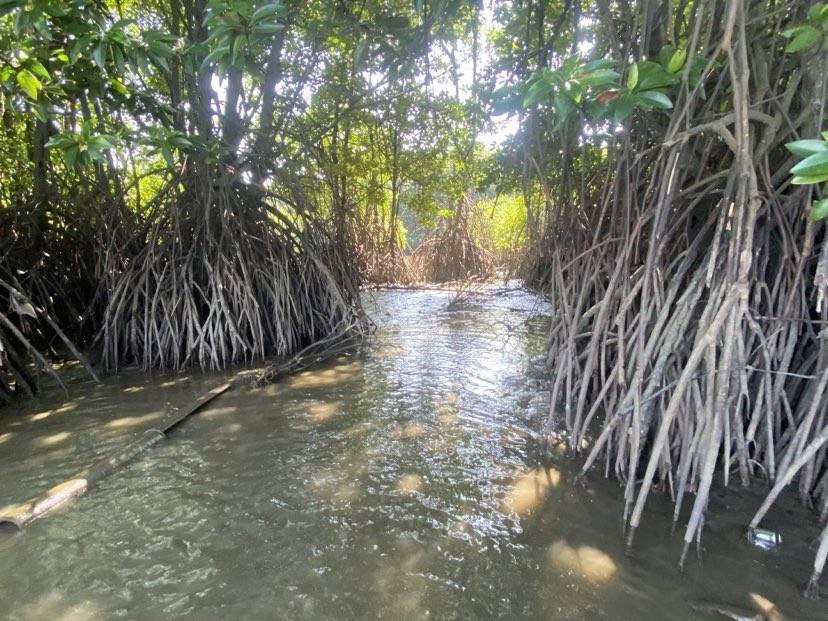
Special status
The 3,667.31-hectare SPCW, including its 405.50 hectares of mangroves and mudflats in the SBMCHEA, attained a special status five years ago, which took the Sasmuan local government almost a decade to get.
The Ramsar Convention, a treaty signed in Iraq by 171 countries, confirmed in February 2021 the SPCW as a Wetland of International Importance. The Biodiversity Management Bureau of the Department of Environment and Natural Resources endorsed the status using the convention’s standards, thus becoming the eighth in the Philippines and the first in the Central Luzon region.
According to conservation advocate Jayson Salenga, the sand spewed out by Mt. Pinatubo’s June 15, 1991 eruption continues to be washed toward the Pasig-Potrero River and Pasac tributaries, finally accumulating at the site and mouth of Manila Bay.
Then DENR Regional Director Paquito Moreno said this land accretion sustains the mangroves and aquatic life that support threatened waterbirds, including the Philippine duck (Anas luzonica), black-faced spoonbill (Platalea minor), Chinese egret (Egretta eulophotes), Far Eastern curlew (Numenius madagascariensis), and Malaysian plover (Anarhynchus peronii).
Moreno said the SPCW met four of the nine criteria of a Ramsar Site.
“It supports vulnerable, endangered, or critically endangered species or threatened ecological communities, and plays a big role in maintaining the biological diversity of a particular biogeographic region,” he said.
The SPCW, he added, also met criteria 5 and 6 in that it “regularly supports 20,000 or more water birds, and that it provides to 1 percent of the individuals in a population of one species or subspecies of water bird.”
The 2021 Asian Waterbird Census counted more or less 80,000 migratory birds from 63 species.
“If managed well, the designation of the Sasmuan coastland as a Ramsar site boosts ecotourism and would go a long way for the inclusive growth of the locality and its people, and at the same time drive our rehabilitation strategy for the Mandamus of the Supreme Court ordering the cleanup of Manila Bay,” Moreno then told the Inquirer.
Protective walls
Amanda Guevarra-Coronel, barangay captain of Batang Dos, the nearest village to the mangrove strip, said they protect the coastal forest because aside from being the spawning ground for aquatic wildlife, it also acts as a protective wall from storm surges and tides.
Once the ecotourism program is underway, the villagers are ready to accept homestays, she added.
Martha Rojas Urrego, secretary general of the Ramsar Convention, had said the world is “in a water crisis with profound consequences, and wetlands are at the heart of its resolution.”
Less than 1 percent of water on earth is usable freshwater and is mostly stored in wetlands, such as rivers, streams, lakes, marshes, estuaries, and aquifers, she added.
“We consume at least 10 billion tons of fresh water daily —more than the earth can replenish. Yet, we will require 55 percent more water by 2050 for a global population of 10 billion people.” Thus, “significant investments are required in wetlands as natural solutions for water management, as well as enacting policies that integrate wetlands into management plans. All are decisive actions toward a green economy and paramount to building back better.”



